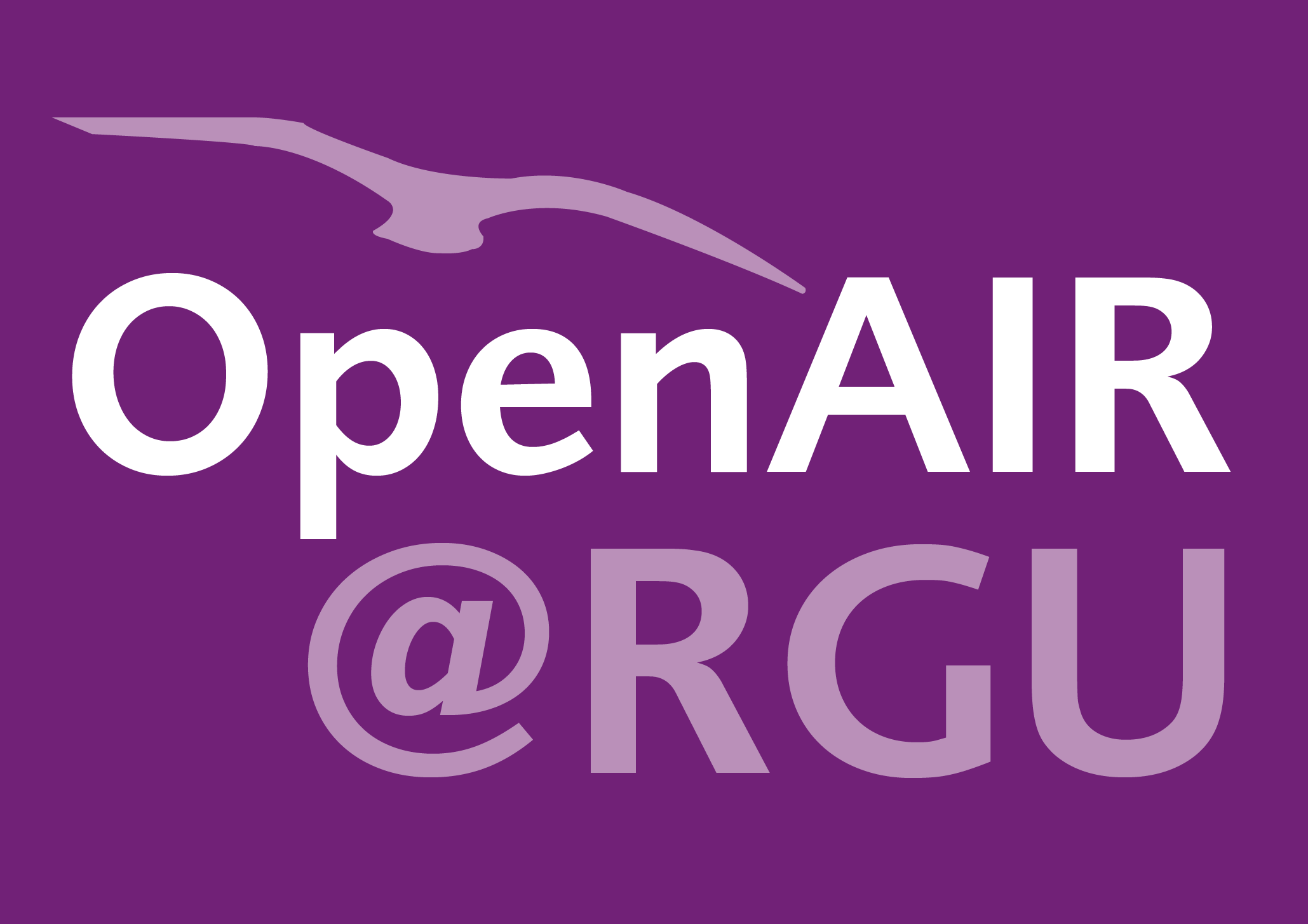Oluwatosin Tokode
Photocatalytic destruction of volatile organic compounds from the oil and gas industry.
Tokode, Oluwatosin
Authors
Contributors
Professor Linda Lawton l.lawton@rgu.ac.uk
Supervisor
Professor Radhakrishna Prabhu r.prabhu@rgu.ac.uk
Supervisor
Peter K.J. Robertson
Supervisor
Abstract
Heterogeneous photocatalysis is an advanced oxidation technology widely applied in environmental remediation processes. It is a relatively safe and affordable technology with a low impact on the environment, and has found applications in a number of fields including chemical engineering, construction, microbiology and medicine. It is not catalysis in the real sense of the word, as the photons that initiate the desired photocatalytic reaction are consumed in the process. The cost of these photons is by far the limiting economic factor in its application. From a technical standpoint, the inefficient use of the aforementioned photons during the photocatalytic reaction is responsible for the limited adoption of its application in industry. This inefficiency is characterised by low quantum yields or photonic efficiencies during its application. The technique of controlled periodic illumination - previously proposed as a way of enhancing the low photonic efficiency of TiO2 photocatalysis - has been investigated using a novel controlled experimental approach. The results showed no advantage of periodic illumination over continuous illumination at equivalent photon flux. When the technique of controlled periodic illumination is applied in a photocatalytic reaction where attraction between substrate molecules and catalyst surface is maximum and photo-oxidation by surface-trapped holes, {TiIV OH'}+ads is predominant and photonic efficiency is significantly improved. For immobilized reactors, which usually have a lower illuminated surface area per unit volume compared to suspended catalyst and mass transfer limitations, the photonic efficiency is even lower. A novel photocatalytic impeller reactor was designed to investigate photonic efficiency in gas-solid photocatalysis of aromatic volatile organic compounds. The results indicate photonic efficiency is a function of mass transfer and catalyst deactivation rate. The development of future reactors which can optimise the use of photons and maximize photonic efficiency is important for the widespread adoption of heterogeneous photocatalysis by industry.
Citation
TOKODE, O. 2014. Photocatalytic destruction of volatile organic compounds from the oil and gas industry. Robert Gordon University, PhD thesis.
| Thesis Type | Thesis |
|---|---|
| Deposit Date | Jan 28, 2015 |
| Publicly Available Date | Jan 28, 2015 |
| Keywords | Titanium dioxide; Photocatalysis; Advanced oxidation process; Mass transfer; Mathematical modelling; Photonic efficiency; UVLEDUVVIS spectroscopy; Reactor engineering; Methyl orange |
| Public URL | http://hdl.handle.net/10059/1134 |
| Contract Date | Jan 28, 2015 |
| Award Date | Apr 30, 2014 |
Files
TOKODE 2014 Photocatalytic destruction of volatile
(7.8 Mb)
PDF
Publisher Licence URL
https://creativecommons.org/licenses/by-nc-nd/4.0/
Copyright Statement
© The Author.
You might also like
Aging microplastics enhances the adsorption of pharmaceuticals in freshwater.
(2023)
Journal Article
Nature-based solution to eliminate cyanotoxins in water using biologically enhanced biochar.
(2023)
Journal Article
Bio-based sustainable polymers and materials: from processing to biodegradation.
(2023)
Journal Article
Characterisation of microplastics is key for reliable data interpretation.
(2023)
Journal Article
Downloadable Citations
About OpenAIR@RGU
Administrator e-mail: publications@rgu.ac.uk
This application uses the following open-source libraries:
SheetJS Community Edition
Apache License Version 2.0 (http://www.apache.org/licenses/)
PDF.js
Apache License Version 2.0 (http://www.apache.org/licenses/)
Font Awesome
SIL OFL 1.1 (http://scripts.sil.org/OFL)
MIT License (http://opensource.org/licenses/mit-license.html)
CC BY 3.0 ( http://creativecommons.org/licenses/by/3.0/)
Powered by Worktribe © 2025
Advanced Search
